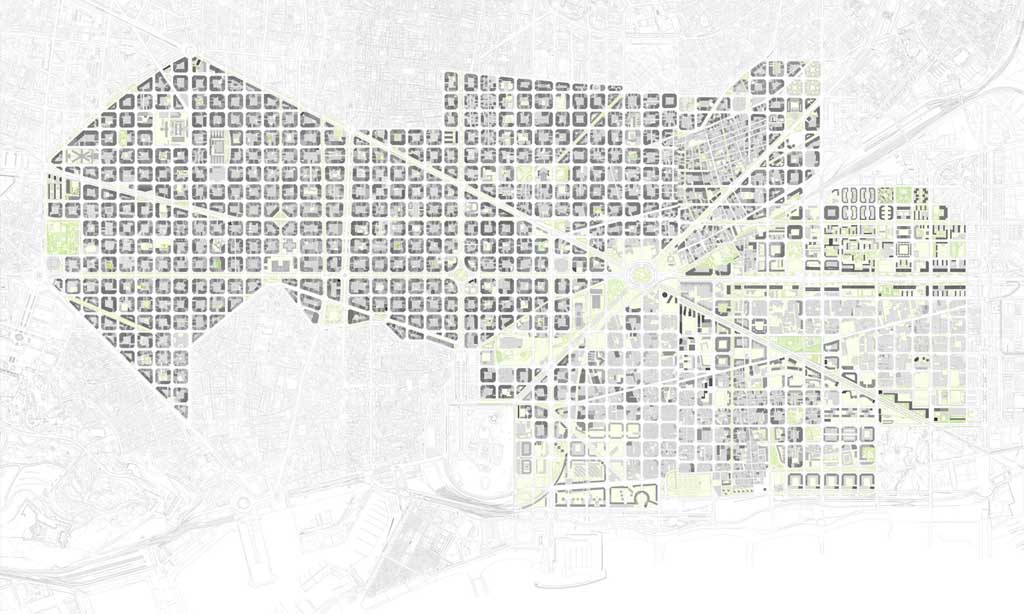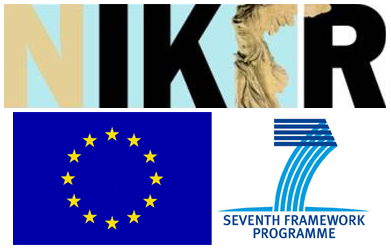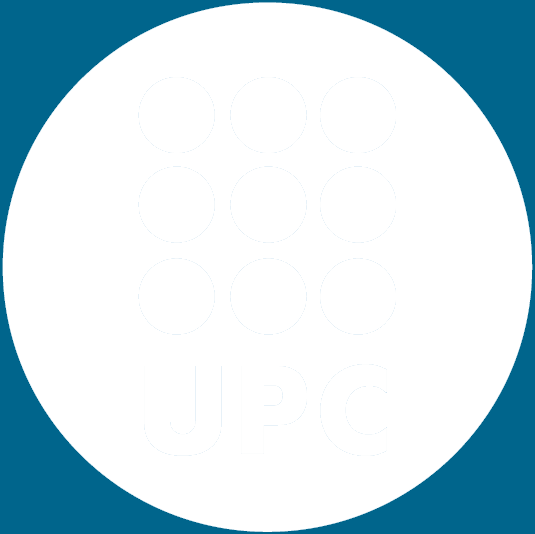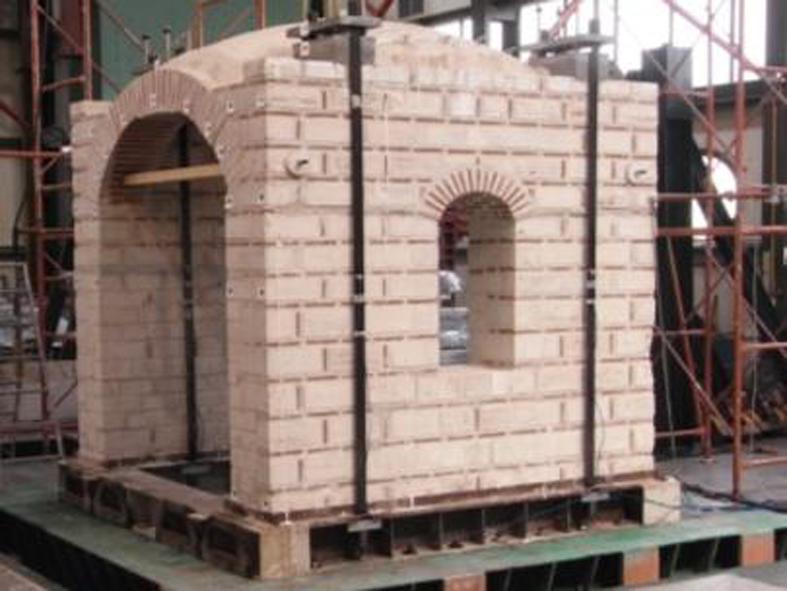
| Title | New Integrated Knownledge Based Approaches to the Protection of Cultural Heritage from Earthquake-Induced Risk (NIKER) |  |
| Acronym | NIKER | |
| Reference | FP7-244123-Niker | |
| Project Leader | Claudio Modena (University of Padova). PL at UPC: Pere Roca | |
| Contractor | European Union | |
| Program | 7th Framework Programme | |
| Initial date | January 2010 | |
| Final date | December 2012 | |
| Fundings | 2.736.114,00€ (total), 201.489,00€ (UPC) | |
| Professor in charge | Pere Roca Fabregat | |
| Summary |
The NIKER project tackles the problem of earthquake-impact on Cultural Heritage assets starting from basic consideration that efficient protection, with substantial guarantee of compatibility and low-intrusiveness, can only be achieved on the basis of the ‘minimum intervention’ approach. This requires that the potentials of existing materials and components are as much as possible exploited in terms of strength and energy dissipation, and that candidate interventions are validated and optimized under specific, real life conditions. Earthquake-induced failure mechanisms, construction types and materials, intervention and assessment techniques are cross-correlated with the aim of developing new integrated methodologies with a systemic approach. Traditional materials are complemented and enhanced by innovative industrial processes (e.g., nano-limes or micro-silica for injection), and new high-performance (e.g. dissipative) elements are developed. Novel collaborative combinations of them are tested on structural components (walls, pillars, floors, vaults) and on structural connections (wall-, floor- and roof-to-wall), through which the behaviour of single strengthened elements converges into the global structural response. The envisaged techniques are validated on model buildings and subassemblies. Advanced numerical studies allow to parameterise the results and to derive simple and optimized design procedures. Early warning techniques for intelligent interventions and advanced monitoring techniques for knowledge based assessment and sequential implementation of interventions are also be developed. This approach has led to new integrated materials, technologies and tools for systemic improvement of seismic behaviour of CH assets. The new solutions are compiled into guidelines for end-users. The participations of research centres, SMEs and Industry, public authority and endusers from different countries, including AC, ICPC and MPC, have ensured an increased impact of the research. More information available at: www.niker.eu |



